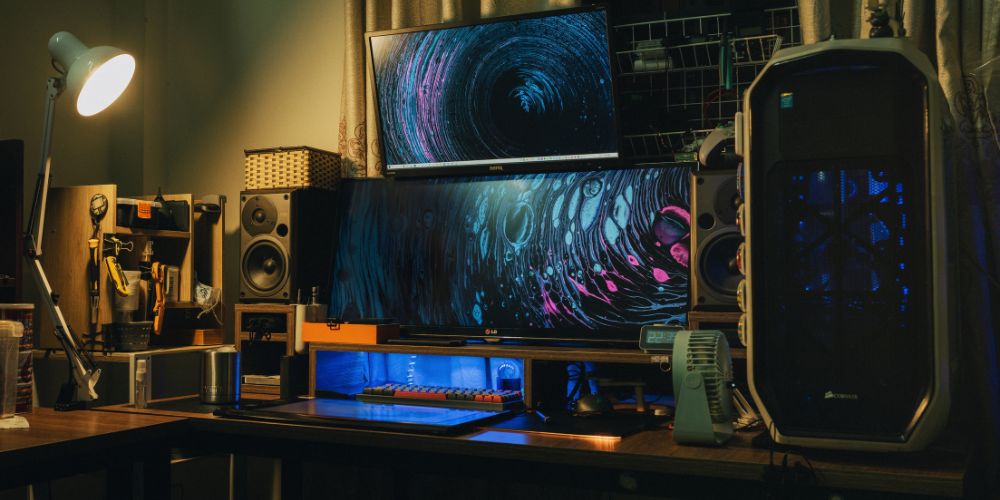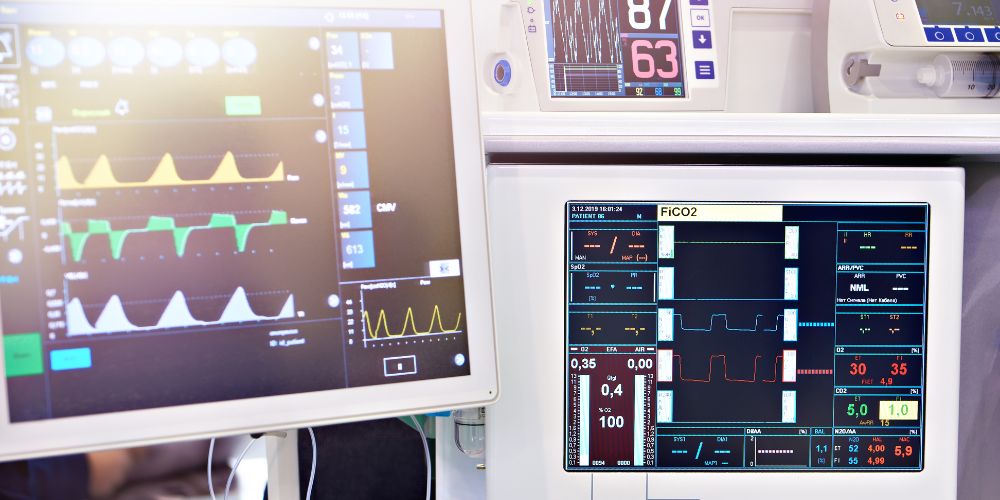Overview
Your viewing experience can be enhanced and eye strain can be decreased by adjusting the brightness on your display. Locate the settings menu on your display, then seek for the brightness option to change the brightness. The brightness level can then be adjusted using the menu as necessary.
The degree of contrast, the resolution, and the color temperature are further elements that can influence your viewing experience. By changing these settings, you may help your monitor work best for your individual requirements.
How to Change Brightness on Monitor
Brightness Level
Your viewing experience may be significantly impacted by the monitor’s brightness setting. Brightness adjustments can ease eye strain, enhance vision, and enhance the vibrancy of colors.
Find the settings menu on your monitor and modify the brightness there. Depending on the model, you might be able to access this through an on-screen interface or actual buttons on the monitor. Once you have opened the settings menu, locate the option for brightness and make the necessary adjustments.
It’s advisable to start with a lower brightness level and raise it gradually until you discover the one that makes your eyes the most comfortable.
Contrast Level
The distinction between the screen’s brightest and darkest parts is referred to as the contrast level of your display. Image quality can be enhanced and details can be seen more clearly by adjusting the contrast level. Access your monitor’s settings menu and look for the contrast option to change the contrast.
To make the bright parts of the screen appear brighter and the dark parts appear darker, increase the contrast. To make the overall image appear softer and more muted, decrease the contrast. For the best image quality, it’s crucial to strike the correct balance between brightness and contrast.

Resolution
The amount of pixels that are visible on the screen is referred to as the resolution of your monitor. More pixels and a clearer, more detailed image result from a higher resolution.
Navigate to the display settings on your computer and choose the proper resolution from the list of options to change the resolution on your monitor. Finding the ideal balance between image quality and comfort is crucial because raising the resolution might also make it harder on your eyes.
Color Temperature
Your monitor’s color temperature describes how warm or cool the colors on the screen are. By changing the color temperature, you may make photos look better overall and make your eyes feel less tired.
Access your monitor’s settings menu and seek for the color temperature option to change the color temperature. Some monitors might include preset options like “warm” or “cool,” while others might let you alter the settings more precisely.
Finding the color temperature that is ideal for your eyes and the type of material you are viewing requires some experimentation with various color temperatures.
Adjust the brightness and contrast on Monitor without Physical Buttons
Look for the monitor’s user manual
The manual should provide instructions on how to access the on-screen menu and adjust settings like brightness and contrast.
Check the monitor’s OSD (On-Screen Display) controls
Many monitors have an OSD button, which when pressed, will bring up the on-screen menu. Once the menu is displayed, use the arrow keys to navigate the options and find the brightness and contrast settings.
Use software
Some monitors come with software that allows you to adjust the settings from your computer. Check the manufacturer’s website to see if there is software available for your monitor.
Use your computer’s settings
Depending on your operating system, you may be able to adjust the brightness and contrast of your monitor from your computer’s display settings. Look for the display settings in your Control Panel or System Preferences and adjust the brightness and contrast from there.
FAQs
1. How do I change the brightness on my monitor if I can’t find the settings menu?
If you’re having trouble finding the settings menu on your monitor, check the user manual or try accessing the settings through software on your computer.
2. Is it better to have high or low brightness on my monitor?
It’s best to find the right balance between brightness and comfort for your eyes. Start with a lower brightness level and gradually increase it until you find the level that is most comfortable for you.
3. How do I adjust the contrast on my monitor?
Access the settings menu on your monitor and look for the contrast option. Increase or decrease the contrast to find the right balance between image quality and comfort.

4. Can adjusting the brightness and contrast on my monitor reduce eye strain?
Yes, adjusting the brightness and contrast can help reduce eye strain and improve your overall viewing experience.
Conclusion
We talked about how to adjust the monitor’s brightness and what to take into account, such as brightness level, contrast level, resolution, and color temperature. Your viewing experience can be enhanced and eye strain can be decreased by changing these settings.
Frequently asked issues about adjusting the brightness on your monitor were also addressed, including how to do so without using actual buttons and whether high or low brightness is preferable.
You can tailor your monitor to your unique requirements by using these suggestions to strike the ideal mix between comfort and image quality.



